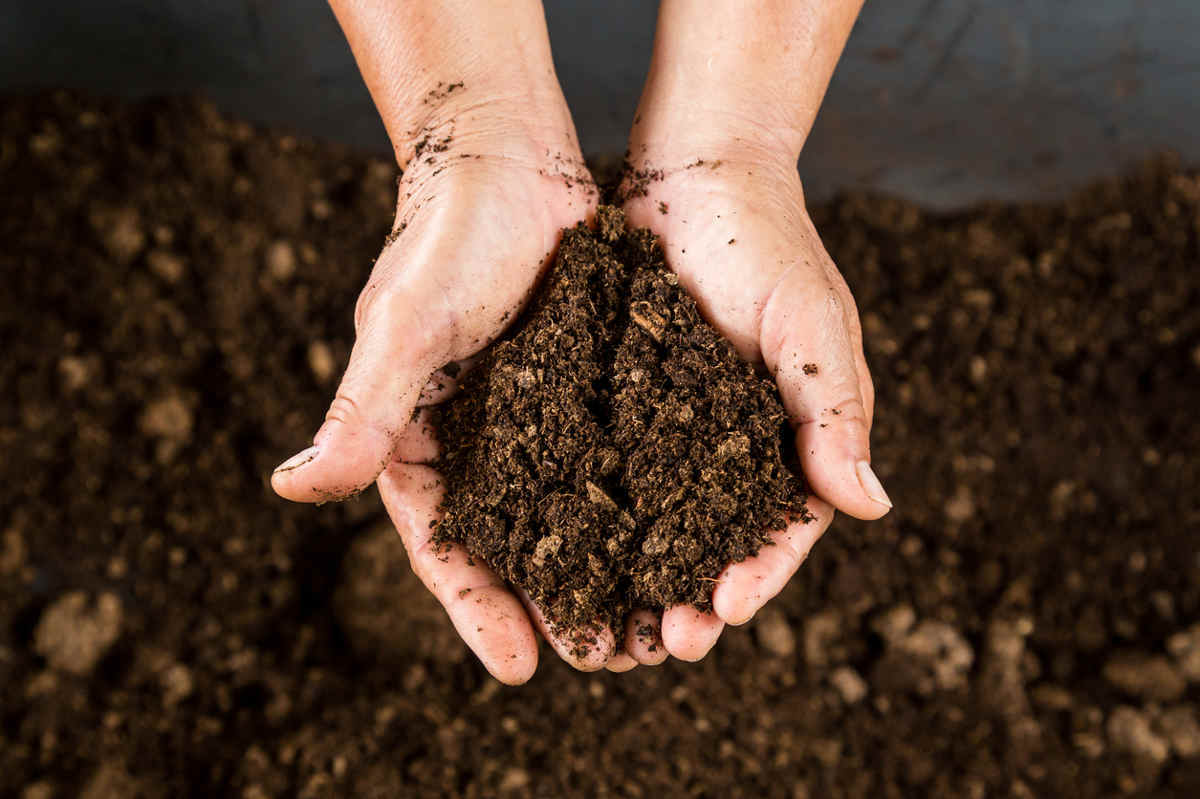Before undertaking any excavation work, it is important to assess and classify the soil.

A construction project may require an excavation at the site. Before taking up any excavation work, it is important to assess and classify the soil in order to ensure the safety of the workers.
Classification of The Soil
Structural Classification – The first step in evaluating the soil involves a structural classification of the soil on the site. Soil may be granular, granular cohesionless or cohesive in nature. The granular soil has 15% of clay and silt while cohesive soil has less than 15% of clay or silt.
Type Classifications – After categorizing the soil on its structural basis it may be classified according to its type. This helps the engineers to understand the plasticity of the soil and
determine the structural support to be used.
Types Of Soils
Type A – This soil is very stable. It has to be sloped at an angle of 53 degrees or 3/4:1 ratio. That means in an excavation the sides should slope back 3/4 foot for every 1-foot depth. It is cohesive. It is unconfined compressive strength is 1.5 tsf (tons per square foot) or more. This type of soil can be benched to provide protection to the workers. For this, a stair-step is created. The soil rises vertically from the base up to 5 feet and extends 4 feet horizontally forming angles of 90 degrees on the sides. It is repeated till the top.
Clay, sandy clay, clay loam and silty clay are some examples of this type of soil.
Type B – It is less stable compared to Type A. It is very cohesive. It’s unconfined compressive strength is between 0.5 to 1.5 tsf. It has to be sloped at an angle of 45 degrees or 1:1 ratio. In an excavation after a depth of 1 foot, the sides should be sloping back 1 foot. This type of soil can be benched, vertically rising 4 feet from the bottom and extending 4 feet
horizontally forming angles of 90 degrees on the sides. This can be repeated till the top.
This type of soil includes granular non-cohesive soils like angular gravel, silt loam, silt, sandy loam, disturbed soil which is not categorized as Type C, soil which is subject to vibration or is fissured but has the unconfined compressive strength like Type A, and dry rock which is not stable.
Type C – This is the most dangerous type of soil. It has minimum stability compared to the others. It should be sloped at an angle of 34 degrees or 1-1/2:1 ratio. The angle may have to be increased depending on the water seepage or saturation. This type of soil is cohesive. It’s unconfined compressive strength is 0.5 tsf or less. Benching should not be done for Type C soil.
Granular soils like sand, gravel, loamy sand, soil from which the water seeps freely, the submerged rock which is not stable and submerged soil are included in this category.
Call Luby Shoring Services today at (636) 660-7467.
